All A-devices have 8 pins: 5 inputs, two outputs, and one ground. Some exceptions apply, but that's their basis. What you see is a symbol, a visual representation to aid you in using it in the schematic editor. That means that both inputs are signal inputs. It's just that the inverting input will be, well, inverted, so do take that into account when setting vh. And it's provided as it is to help people implement comparators with, or without hysteresis (see, for example, this or this). Or simply having a differential input.
In particular for the Schmitt trigger, under the hood, the netlist involves only two inputs (the first two), the other three are silently ignored. It doesn't make sense to have a three-way difference.
I'll leave you with an encouragement: no device will blow up in SPICE, so whenever you have such questions (e.g. "how to use it?", or "will it work?"), just grab the darn thing and run it through hell an back. See what you get. Who knows? Maybe you may even find the answer for yourself. At the very least, you'll prove to be a person with curiosity, quite neede (and, some would go as far as saying mandatory) in this field.

